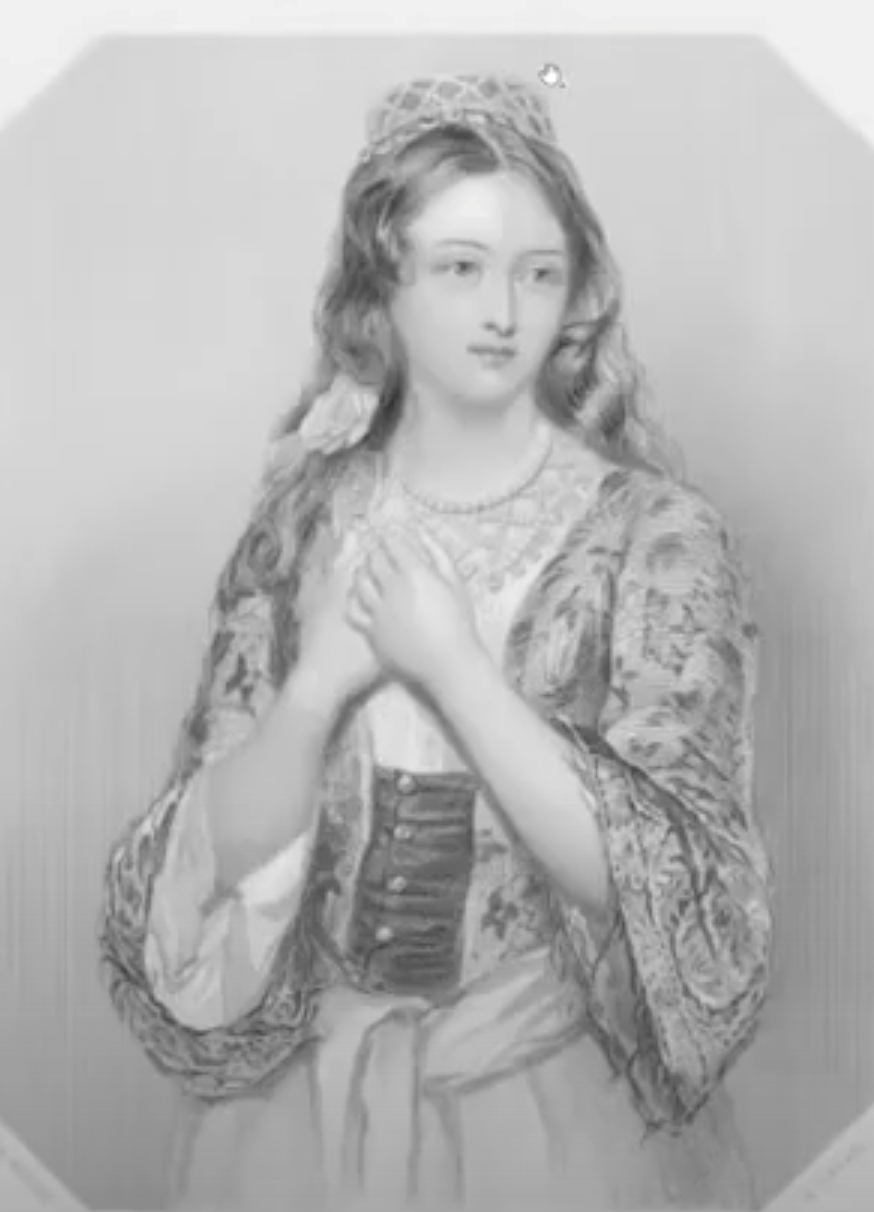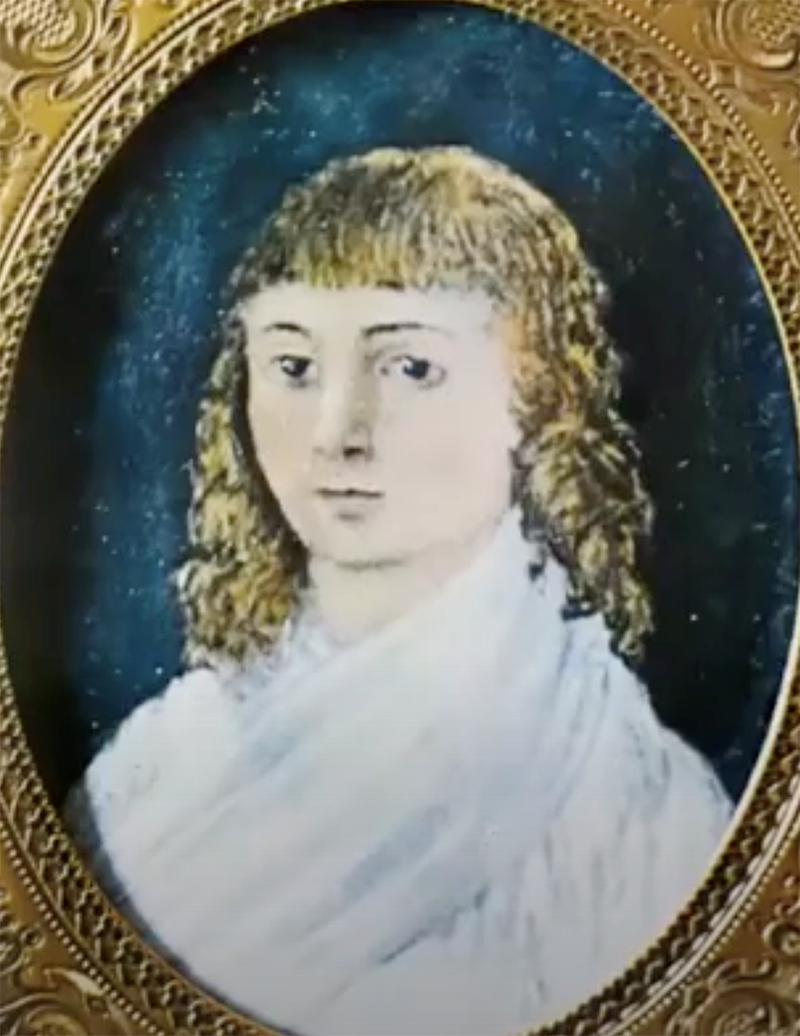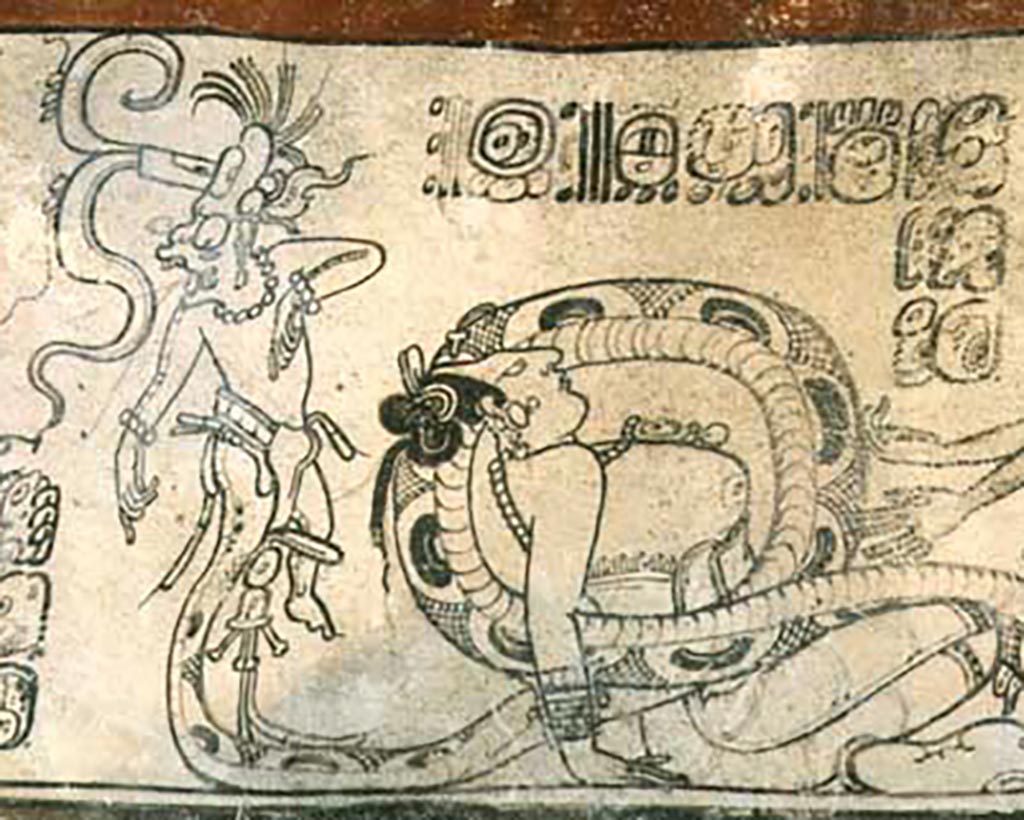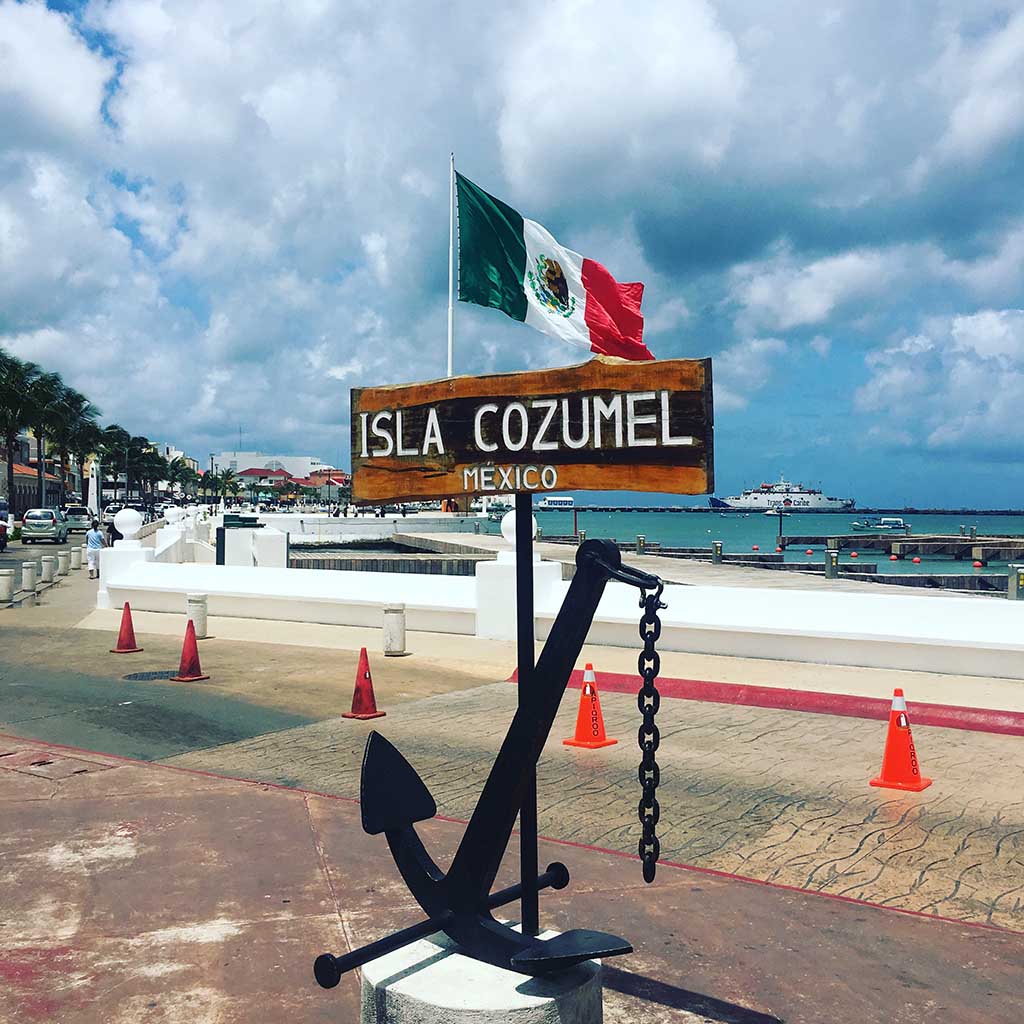Mexican women history La Güera Rodríguez
Mexican women who made history: La Güera Rodríguez. A thin line between legend and fact

Likeness believed to be La Güera, but this is not her (source: Silvia Marina Arrom, PhD)
Text & Translation by Monica Sauza
Marquise Calderón de la Barca, a very important chronicler and writer of the life and customs of 19th century Mexico, described her close friend as a woman of great talent, with extraordinary conversational skills, lively and charismatic. Alexander Von Humboldt, the famous German naturalist and explorer, expressed she had the most beautiful face he had ever seen. Guillermo Prieto, a Mexican writer and journalist, described her as the “Mexican Venus”. She was called a seductress, the Mexican Mata Hari or Cleopatra; of whom books, plays, novels and movies have been made. Ingrained into the story of the Mexican Independence (1810-1821), catapulted in great part by a book written in 1947 by Artemio de Valle-Arizpe 100 years after her death, she was made the most important woman in the Plan that settled the foundations of the Mexican Independence.
The story we were brought up with about María Ignacia Rodríguez de Velasco de Osorio Barba y Bello Pereyra, affectionately called La Güera Rodríguez because of her blonde hair (in English the closest would be “wera”, blondie), tells us that she was a Spanish descendant, born in 1778 in Mexico to an upper-class family, of great beauty, learned, intelligent, very popular amongst the aristocrats of the New Spain (Mexico). At 15 she married an officer of the military and had 6 children. He was a chronic wife-beater and was incarcerated after shooting at her. When he was released, he accused María Ignacia of being an adulteress (With 3 priests!!). But he soon retracted and died four months after his release from jail. At 29, she married a second time to a very rich 72 year-old man, who died 6 months after the wedding while she was pregnant with her 7th child. After his death and losing 5 children, she took care and raised her 9 grandchildren.
Word was that the Tribunal of the Holy Office of the Inquisition accused La Güera Rodriguez of giving her support to the insurrection by sponsoring Miguel Hidalgo’s revolution with her money when Hidalgo wasn’t even thinking, yet, about any rebellion. She did, though, risk her fortune and lent her properties to the insurgents. During the early days of the Independence uprising it was rumored she had several love affairs, of which apparently the most notorious ones were with Von Humboldt (they were only good friends), Simón Bolívar (the “Liberator of America”) and with the man who later became the first emperor of Mexico, Augustin de Iturbide. Several historians have credited her of having such influence on Iturbide during their intimate encounters as to convince him to leave the royalists and join the insurgents. On February 24, 1821, the Plan de Iguala, which laid the grounds to Mexico’s independence from the rule of Spain. Iturbide was one of the main signatories and legend says that La Güera instigated much of that Plan. Valle-Arizpe wrote that on September 27, 1821, when the Independence was finally consummated, Iturbide and his army triumphantly rode in front of La Güera’s home, “paying her homage for her participation, so that she could witness the parade and see him arrogantly lead his undefeated troops.”
In 1825 she married her third husband. La Güera Rodriguez died at 72 in Mexico City on November 1st., 1850.
Let’s be honest. Who doesn’t like a good intrigue, sprinkled with romance and heroism just as we have read? But facts prove otherwise and here’s where a time travel machine could come in handy. In her very thorough and meticulous research for her book La Güera Rodríguez: The Life and Legends of a Mexican Independence Heroine (University of California Press, 2021), Professor Silvia Marina Arrom, PhD, among other things, explains that there are no actual written accounts or proof about La Güera being who we have been led to believe.
In the end, after all, Marquise Calderón de la Barca portrayed La Güera Rodriguez as real as she might have been: a woman of her times.
Mexicanas que hicieron historia: La Güera Rodríguez. Una delgada línea entre la leyenda y la realidad

This miniature portrait appears to be the only likeness of La Güera, probably made when she was 15 and at the time of her first marriage -1793-94. (Source: Silvia Marina Arrom, PhD)
Texto & traducción de Monica Sauza
La marquesa Calderón de la Barca, importante cronista y escritora sobre la vida y costumbres del México del siglo XIX, describió a su íntima amiga como una mujer de gran talento, con extraordinarias dotes de conversación, vivaz y carismática. Alexander Von Humboldt, el famoso naturalista y explorador alemán, manifestó que ella tenía el rostro más bello que había visto en su vida. Guillermo Prieto, escritor y periodista mexicano, la describió como la “Venus mexicana”. La llamaron seductora, la Mata Hari o Cleopatra mexicana. De ella se han hecho libros, obras de teatro, novelas y películas. Inserta en la historia de la Independencia de México (1810-1821), catapultada en gran parte por un libro escrito en 1947 por Artemio de Valle-Arizpe 100 años después de que su fallecimiento, fue convertida en la mujer más importante del Plan que sentó los cimientos de la Independencia de México.
La historia que nos enseñaron acerca de María Ignacia Rodríguez de Velasco de Osorio Barba y Bello Pereyra, conocida por su mote como La Güera Rodríguez por su cabello rubio, nos dice que era descendiente de españoles, nacida en 1778 en el seno de una familia de clase alta, de gran belleza, culta, inteligente, muy popular en la aristocracia de la Nueva España (México). A los 15 años contrajo matrimonio con un militar con quien tuvo 6 hijos. Era un golpeador crónico y fue encarcelado tras dispararle a La Güera. Cuando fue liberado, acusó a María Ignacia de adulterio (¡Con 3 curas!), pero pronto se retractó y murió 4 meses después de ser liberado. A los 29 años, se casó por segunda vez con un hombre muy rico, de 72 años, quien murió 6 meses después de la boda cuando ella estaba embarazada de su 7º hijo(a). Tras la muerte de su esposo y la pérdida de 5 hijos, se hizo cargo y crío a sus 9 nietos.
Se dice que el Tribunal del Santo Oficio de la Inquisición acusó a La Güera de apoyar a la insurrección patrocinando con su dinero la revolución de Miguel Hidalgo cuando éste ni siquiera penaba, aún, en rebelión alguna. Pero sí arriesgo su fortuna y prestó sus propiedades a los insurgentes. Durante los primeros días del levantamiento de la Independencia corrió el rumor que había tenido numerosas aventuras amorosas, de las que al parecer las más sonadas fueron con Von Humboldt (sólo eran buenos amigos), Simón Bolívar (el “Libertador de América”) y con el que más tarde se convertiría en el primer emperador de México, Agustín de Iturbide. Varios historiadores atribuyen a La Güera tal influencia sobre Iturbide durante sus encuentros íntimos como para convencerle que abandonara a los realistas y se uniera a los insurgentes. El 24 de febrero de 1821 se firmó el Plan de Iguala sentando las bases de independencia de México del dominio de España. Iturbide fue uno de los principales signatarios y la leyenda dice que la Güera instigó gran parte de ese Plan. Valle-Arizpe escribió que el 27 de septiembre de 1821 cuando por fin se consumó la Independencia, Iturbide y su ejército cabalgaron triunfantes frente a la casa de La Güera”, “rindiéndole homenaje por su participación, para que presenciara el desfile y lo viera arrogante al frente de sus tropas invictas”.
En 1825 se casó con su tercer marido. La Güera Rodríguez falleció a los 72 años en la Ciudad de México el 1º de noviembre de 1850.
Seamos sinceros. ¿A quién no le gusta una buena intriga, salpicada de romance y heroísmo tal y como la que hemos leído? Pero la realidad demuestra lo contrario y aquí es donde una máquina para viajar en el tiempo podría resultar útil. En su minuciosa y exhaustiva investigación para el libro La Güera Rodríguez: Mito y Mujer (Editorial Turner México/Noema, 2020), la Profesora Dra. Silvia Marina Arrom, entre otras cosas, explica que no existen registros escritos ni pruebas reales de que La Güera fuera quien se nos ha hecho creer.
Al fin y al cabo, la marquesa Calderón de la Barca describió a La Güera tal como pudo haber sido: una mujer de su época
- Mexican History Monica Sauza - September 12, 2025
- Mexican flavors tastes history Monica Sauza - September 7, 2025
- Mayan Eclipse Equinoxes - August 29, 2025





















Leave a comment